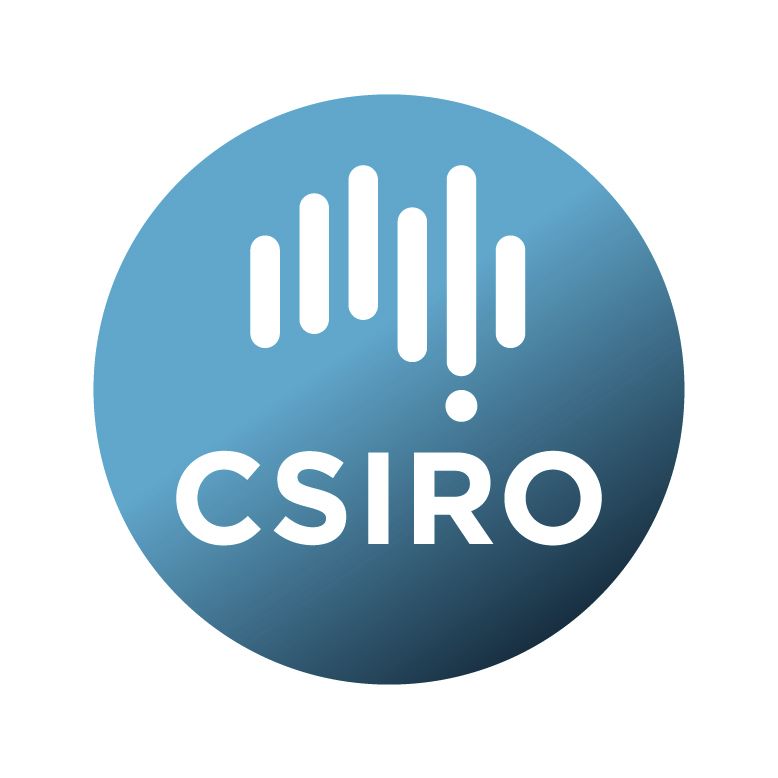Brief description
The dataset contains information of Acropora aspera coral fecundity when gravid colonies are experimentally exposed to heat-stress during early stages of gametogenesis.This experiment was conducted from February to April 2022. Branches were collected from large patches of branching Acropora spp on the reef slope (~5m depth) of Wistari Reef (Southern Great Barrier Reef, Capricorn Bunker). The 9x donor patches were already selected and tagged during a pilot study conducted in September-December 2021. For this experiment, 3x sub-colonies of approximately 20cm length were collected from each donor colony (total of 27x experimental branches). The experimental branches were then exposed to three thermal trajectories (control temperatures, protective trajectory, single bleaching trajectory; from Ainsworth et al., 2016). Each of the three thermal trajectories treatments were replicated in 3x tanks (total of x9 tanks). Each of the x27 sub-colonies were assigned to one treatment with care to have 1x branch of each genotype in each treatment and x3 different genotypes in each tank. Tanks’ emplacement was randomised and branches were kept vertically in 33L tanks. The branches were exposed to thermal trajectories treatments for a month, before being securely installed back on the reef at their origin location. Samples are still to be collected from each sub-colony to assess the treatments effects on fecundity.
Fecundity samples are still to be collected from the branches. Once samples are fixed in 5% formalin and seawater, they are to be decalcified in 3-10% hydrochloric acid. For each decalcified sample, 30 polyps are randomly selected and inspected for presence/absence of eggs to estimate percentages of reproductive polyps within a branch. Among the polyps inspected for each sample, a minimum of 10 gravid polyps are dissected under the microscope to identify, count, and measure ovaries, spermaries, and eggs. Scaled pictures of each polyp are taken with a camera for measurements. For size measurements, the width and length of each element are recorded. Measurements are performed with ImageJ.
Access:
Metadata is fully public. Data files will be made fully public once the research has been published.
For special requests, please directly contact the Data Custodian and CC the Project Leader.
Lineage: NA – the dataset is the raw dataset prior to cleaning. It contains all necessary information to conduct cleaning by the user.
Available: 2023-08-29
Data time period: 2021-10-18 to 2023-12-15
Subjects
Biological Sciences |
Conservation and Biodiversity |
Environmental Sciences |
Ecology |
Environmental Management |
Marine and Estuarine Ecology (Incl. Marine Ichthyology) |
coral |
reef |
restoration |
User Contributed Tags
Login to tag this record with meaningful keywords to make it easier to discover
Identifiers
- Local : 102.100.100/489501


